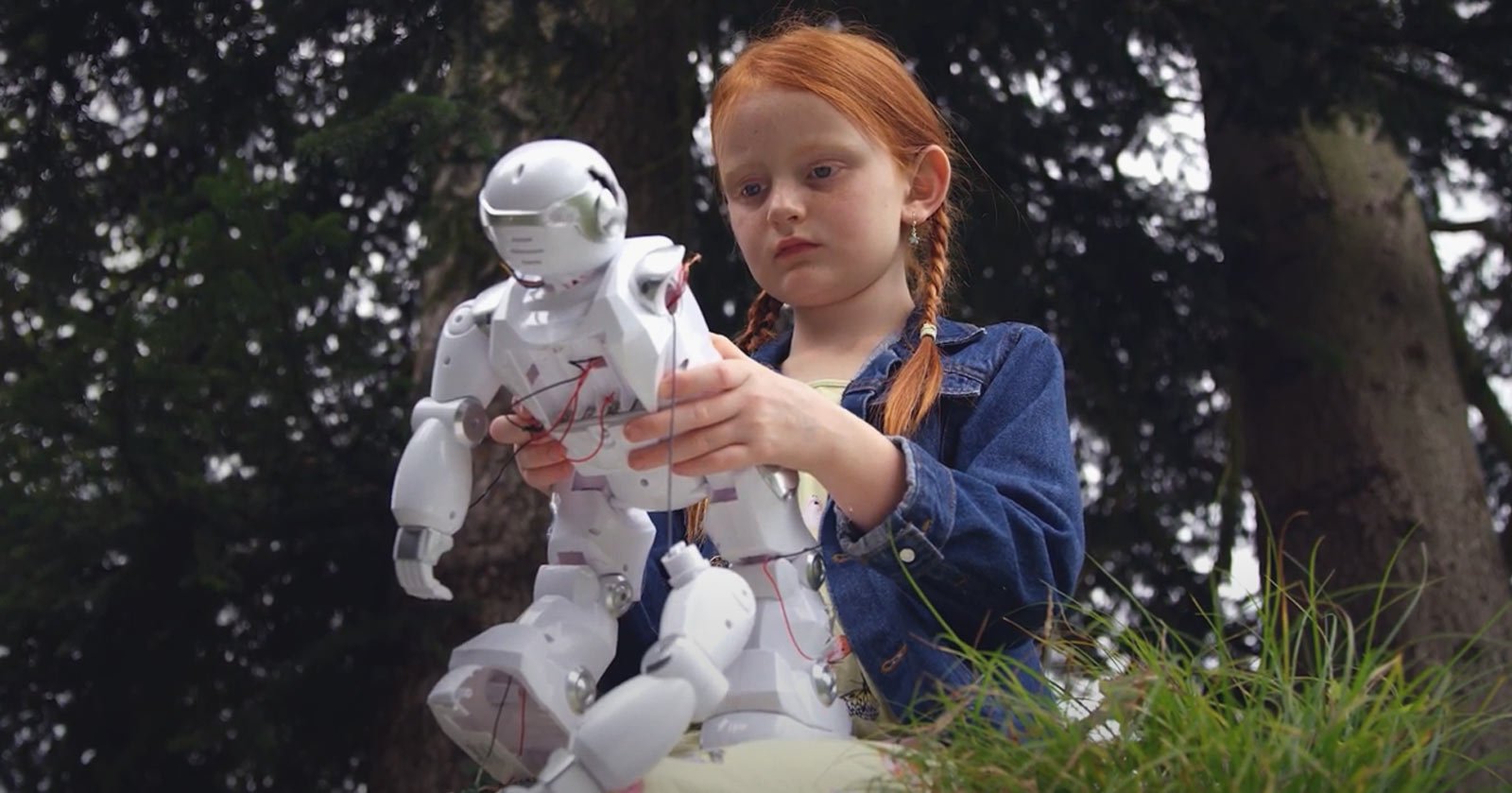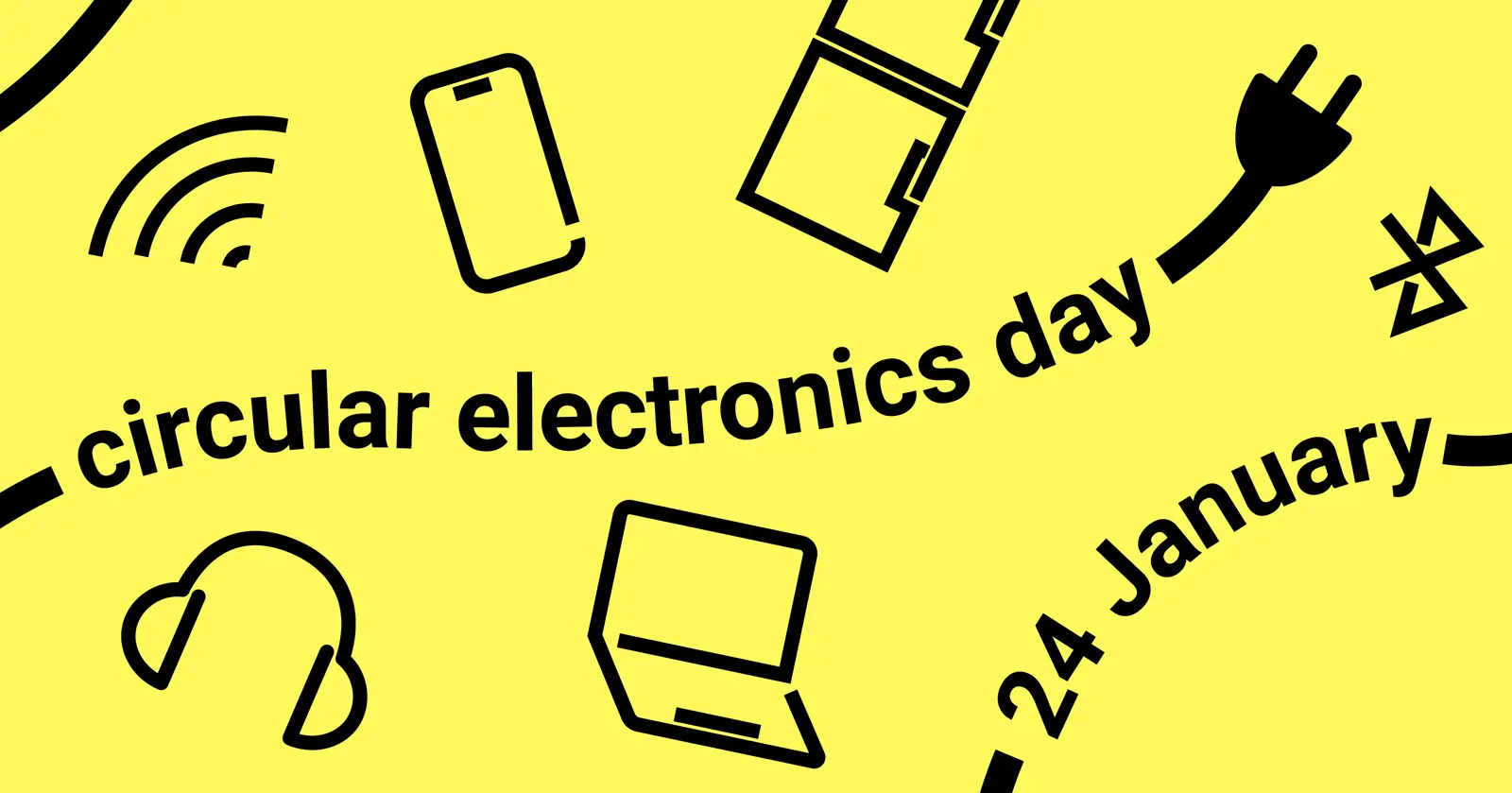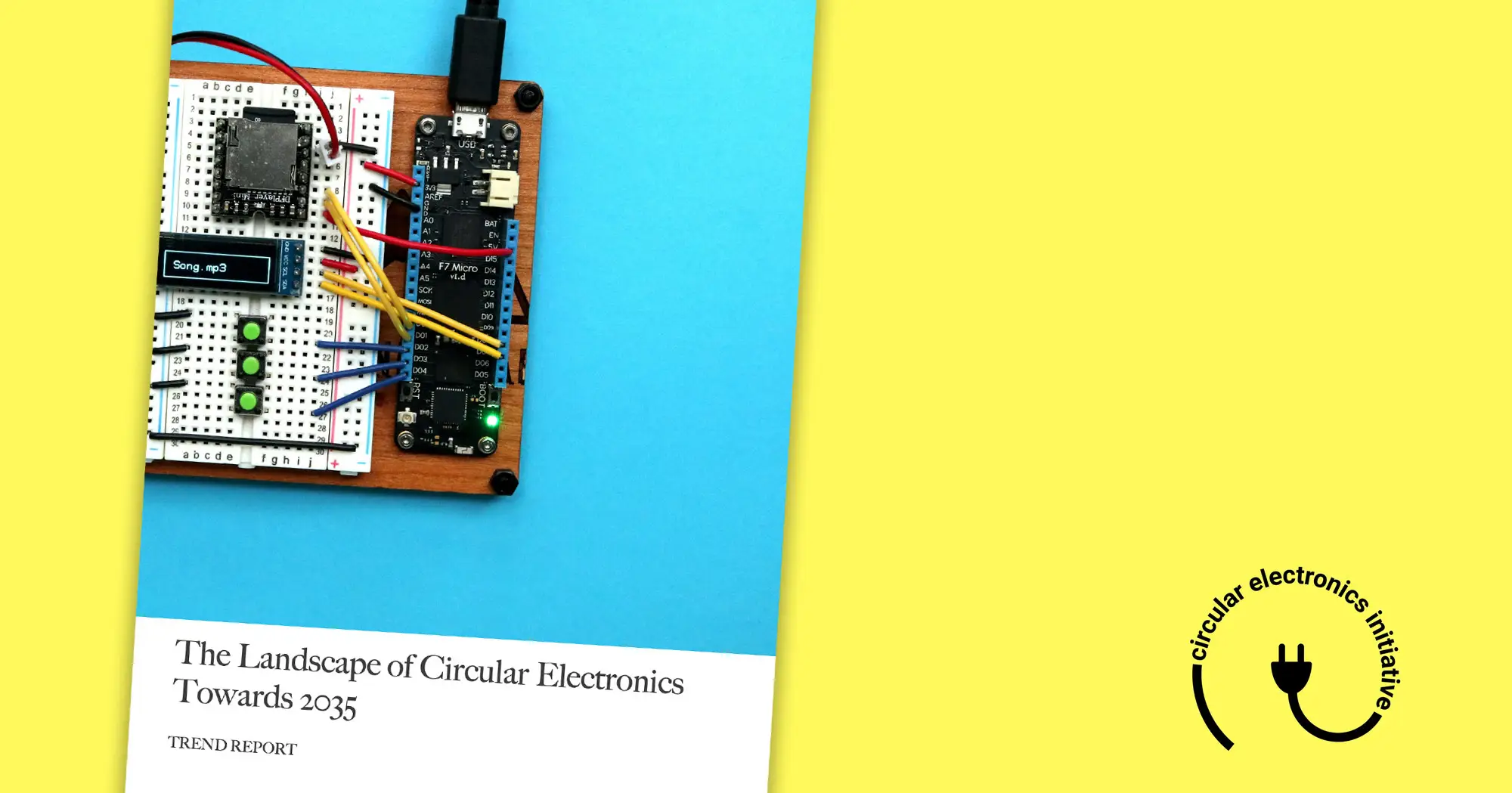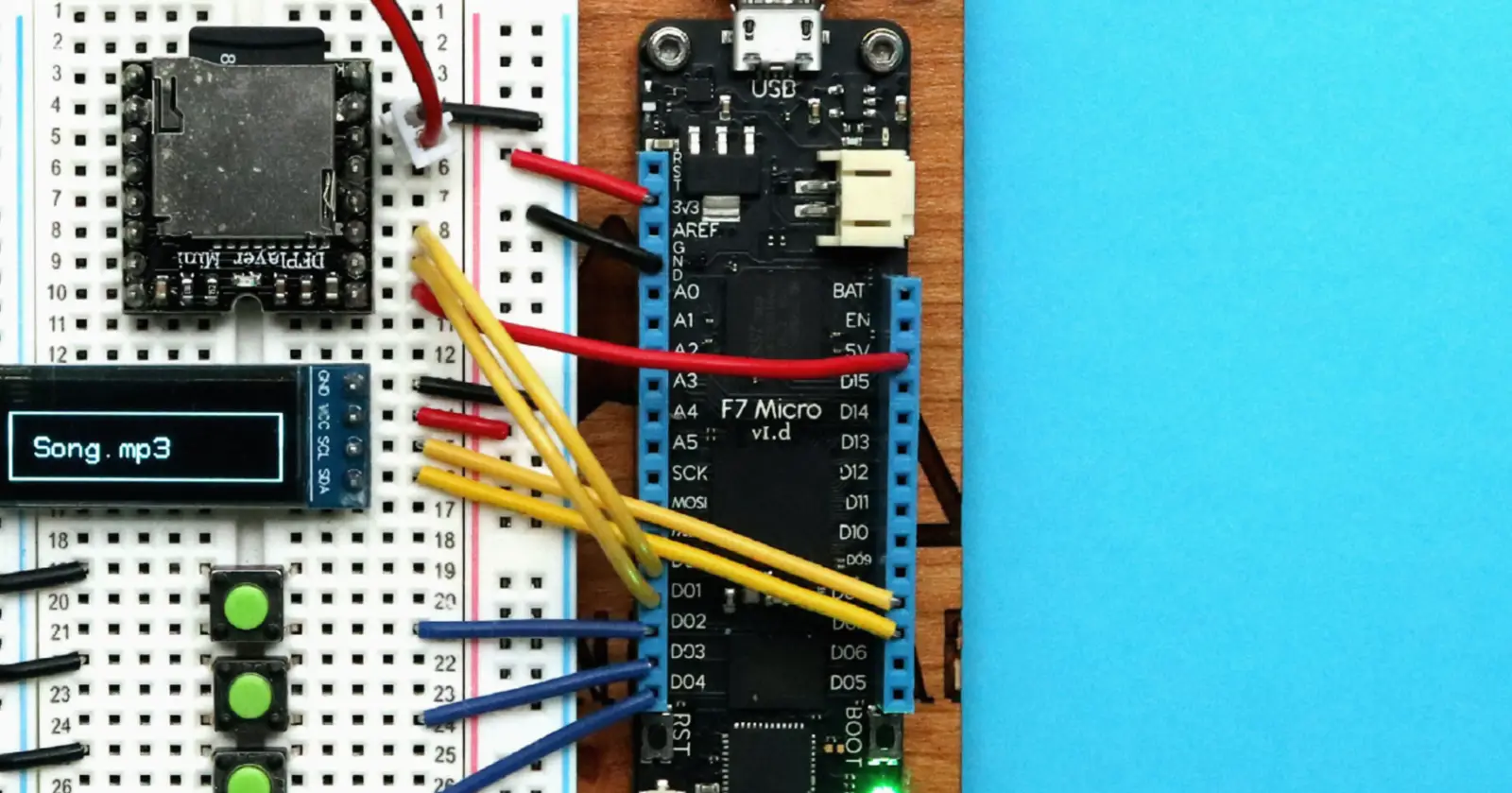Pascal Leroy, Director General of the WEEE Forum, the international association speaking for 40 Producer Responsibility Organisations that collect electronic waste worldwide, explains why education of younger (and older) generations of consumers is one of the solutions to solve the growing e-waste issue 1.
This case is part of the Circular Electronics Day 2021 best practices series. Multiple organizations stand behind this initiative that takes place on January 24 with the aim to encourage organizations and consumers to take a more responsible approach to electronics.
Why do you think it is important to engage with young people on e-waste recycling?
The WEEE Forum is the organiser of the International E-waste Day, an initiative similar to the Circular Electronics Day, which has the same goal of raising the public profile of e-waste recycling and encouraging consumers to responsibly dispose of their e-waste. Last year’s theme of the IEWD was on education and sensitising the youth around the world to e-waste issues.
#ewasteday takes place each year to highlight the growing e-waste issue. It’s a global campaign involving hundreds of organisations from around the world. These organisations raise awareness about what to do with end-of-life electronics and highlight the best routes for reuse, repair and recycle. This year, together with our members, we decided to specifically focus on education and younger people. This is because we believe that educating the future generation of consumers is key for the long-term improvement of the situation. These young people have a crucial role not only as future contributors, but also because through them we can now access and spread awareness among their parents, grand parents, teachers and other close persons. Our members run a number of children-oriented campaigns and collections in schools, but also focused on the youth in their online communication. ITU with whom we partnered for the second time this year launched a brilliant TikTok campaign to explain the e-waste issue to teenagers in a fun way.
What can we do with an old mobile phone that is being stored at home either broken or no longer in use?
ICT equipment such as laptops, mobile phones and other devices you use in your daily life are so important for keeping us connected and bridging the digital divide – something which we’ve particularly valued during the COVID pandemic.
First and foremost, people need to be aware that they are supposed to return their electricals. End-of-life appliances will not magically fly into a recycling plant or a repair shop. Campaigns need to focus on the importance of changing habits to get e-waste out of homes and businesses and into repair shops and recycling plants.
Furthermore, there’s a couple of options depending on whether the mobile phone is working or not. If the device is still working, you can donate it, take it to your second residence, or sell it. Many producer responsibility organisations have developed apps that allow you to identify the nearest shop to return your gear. It’s therefore good to check whether your device manufacturer has a buy-back program – which you can use for an upgrade, or a take-back recycling program.
If, however, the device is not working, you could also see if it can be repaired for reuse. If the device cannot be repaired, you should find a responsible local recycler or a dedicated e-waste drop-off point.
This said, however, we should all be more conscious of buying new devices until they are needed. We should be mindful of the batteries in electronic devices, to avoid thermal incidents. Consider also encouraging your children’s school to take part in #ewasteday, engage in mobile phone collection initiatives, gadget repair projects and so forth.
Do you feel that the e-waste problem can be resolved in the near future and what steps can people take today?
We know there is no single solution to tackle the e-waste challenge and that it will require greater collaboration between governments, industry, as well as greater consumer engagement.
We should be mindful that e-waste is, to a great extent, a toxic waste stream where also valuable finite resources are lost. In the circular economy, products are designed for reuse over a longer period and waste is avoided. When a product has reached the end of its usable life, material turns to valuable resources, used to manufacture new products. The goal is that no waste is produced.
For the consumer, this means:
- Consider not buying an electronic item you don’t really need.
- Buy from companies that have serious corporate responsibility programmes in place, including pro-active take-back.
- Take care of your electricals. Repairing products is by far the best thing you can do.
About WEEE Forum
The WEEE Forum a.i.s.b.l. is an international association representing forty producer responsibility organisations across the globe. Together with our members, we are at the forefront of turning the extended producer responsibility principle into an effective electronic waste management policy approach through our combined knowledge of the technical, business and operational aspects of collection, logistics, de-pollution, processing, preparing for reuse and reporting of e-waste. Our mission is to be the world’s foremost e-waste competence centre excelling in the implementation of the circularity principle.





